Time to get a camcorder
-
How many prints have you made with cameras that produce images of varying megapixels?
The answer is, "much, much less than Aqua."
But you don't have to take my word for it, folks. Watch the Chris Hau video then get back to me. Or better yet, do your own printing.
What is your point? That a $30K camera makes better videos than a $1K camera? That the only way to improve over the quality of a camcorder with a tiny sensor is to buy a $30K camera? Really?
@Klaus said in Time to get a camcorder:
How many prints have you made with cameras that produce images of varying megapixels?
The answer is, "much, much less than Aqua."
But you don't have to take my word for it, folks. Watch the Chris Hau video then get back to me. Or better yet, do your own printing.
What is your point? That a $30K camera makes better videos than a $1K camera? That the only way to improve over the quality of a camcorder with a tiny sensor is to buy a $30K camera? Really?
My point is that I can tell you don’t do much of your own testing. Because you’re arguing spec sheets, not end products. Dead giveaway.
If you did more of this yourself, you'd know the use cases where these specs and numbers matter, and where they don't. The only way to know for sure is to go into a store with your own memory card, take some stills or some footage, then go home and either get the stills printed or throw the footage into Premiere.
Oh and P.S., the Canon PowerShot S120 came out 9 years ago. Like many other cameras at the time, it only went up to 12800 ISO. The a7 IV came out about seven years later. It goes up to 102400. That test is ridiculous.
-
I don't quite understand the aggressiveness, but you'll probably know why you do that.
I've made a fair number of photos in my life and went through several generations of cameras and lenses of all kinds. The difference between a smartphone camera and a modern 1" Sony sensor is immediately visible in any bad light situation. Whether you print it or not (besides, most people don't view prints of their photos these days but watch on their electronic devices). That's not something anyone with any experience in photography disputes.
-
I don't quite understand the aggressiveness, but you'll probably know why you do that.
I've made a fair number of photos in my life and went through several generations of cameras and lenses of all kinds. The difference between a smartphone camera and a modern 1" Sony sensor is immediately visible in any bad light situation. Whether you print it or not (besides, most people don't view prints of their photos these days but watch on their electronic devices). That's not something anyone with any experience in photography disputes.
@Klaus said in Time to get a camcorder:
I don't quite understand the aggressiveness, but you'll probably know why you do that.
Because this is a gearbro argument and I dislike them.
I've made a fair number of photos in my life and went through several generations of cameras and lenses of all kinds. The difference between a smartphone camera and a modern 1" Sony sensor is immediately visible in any bad light situation. Whether you print it or not (besides, most people don't view prints of their photos these days but watch on their electronic devices). That's not something anyone with any experience in photography disputes.
Fine, use Insta as an example instead. Would you agree that it's common for people to use Instagram to share photos?
I'll show you some Insta photos and you tell me if they were shot from an iPhone or a full-frame digital. Let me know when you're ready.
-
@Klaus said in Time to get a camcorder:
I don't quite understand the aggressiveness, but you'll probably know why you do that.
Because this is a gearbro argument and I dislike them.
I've made a fair number of photos in my life and went through several generations of cameras and lenses of all kinds. The difference between a smartphone camera and a modern 1" Sony sensor is immediately visible in any bad light situation. Whether you print it or not (besides, most people don't view prints of their photos these days but watch on their electronic devices). That's not something anyone with any experience in photography disputes.
Fine, use Insta as an example instead. Would you agree that it's common for people to use Instagram to share photos?
I'll show you some Insta photos and you tell me if they were shot from an iPhone or a full-frame digital. Let me know when you're ready.
@Aqua-Letifer said in Time to get a camcorder:
I'll show you some Insta photos and you tell me if they were shot from an iPhone or a full-frame digital. Let me know when you're ready.
They can be hard to tell apart in good light, but I was talking specifically about hand-held low-light situations. If you have such examples, go ahead. (I assume the person taking the photos knew how to operate the cameras - it's of course easy to make bad photos with a good camera).
-
@Aqua-Letifer said in Time to get a camcorder:
I'll show you some Insta photos and you tell me if they were shot from an iPhone or a full-frame digital. Let me know when you're ready.
They can be hard to tell apart in good light, but I was talking specifically about hand-held low-light situations. If you have such examples, go ahead. (I assume the person taking the photos knew how to operate the cameras - it's of course easy to make bad photos with a good camera).
@Klaus said in Time to get a camcorder:
@Aqua-Letifer said in Time to get a camcorder:
I'll show you some Insta photos and you tell me if they were shot from an iPhone or a full-frame digital. Let me know when you're ready.
They can be hard to tell apart in good light, but I was talking specifically about hand-held low-light situations. If you have such examples, go ahead. (I assume the person taking the photos knew how to operate the cameras - it's of course easy to make bad photos with a good camera).
I like how we already have three caveats but okay, here goes:
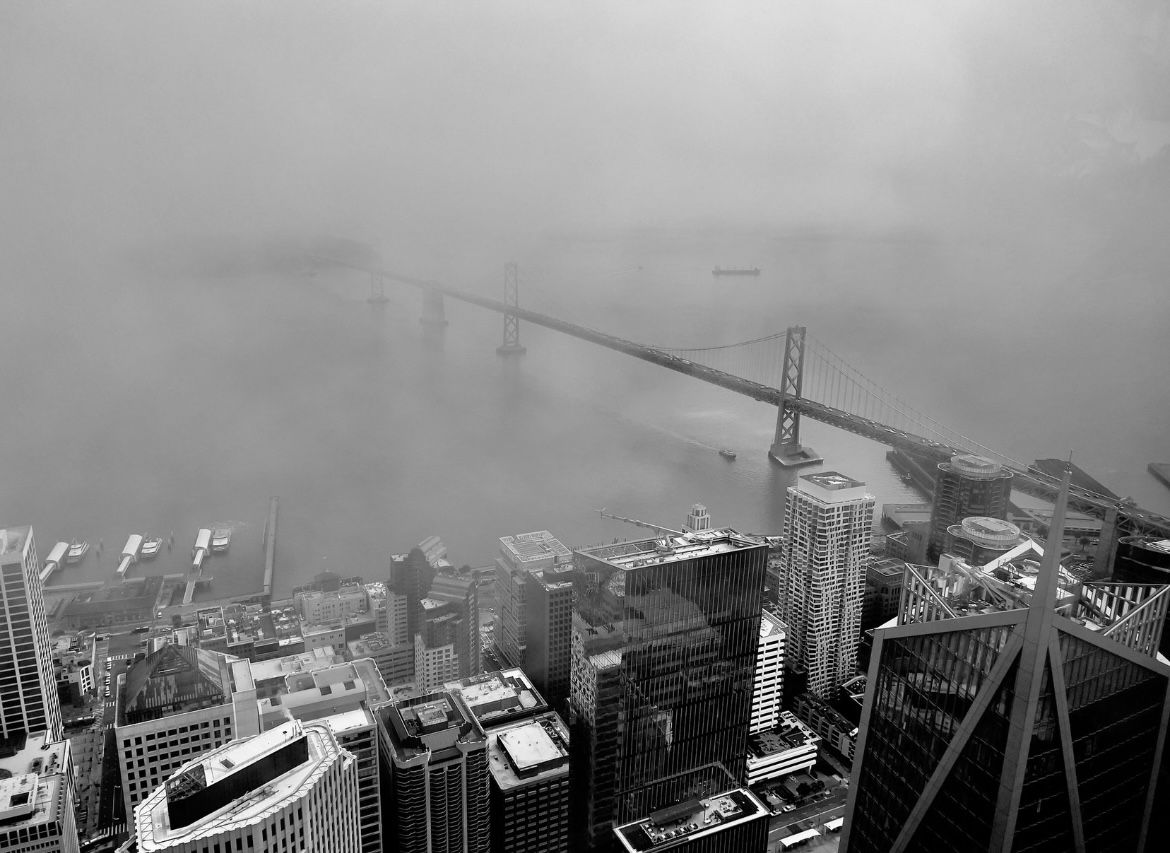
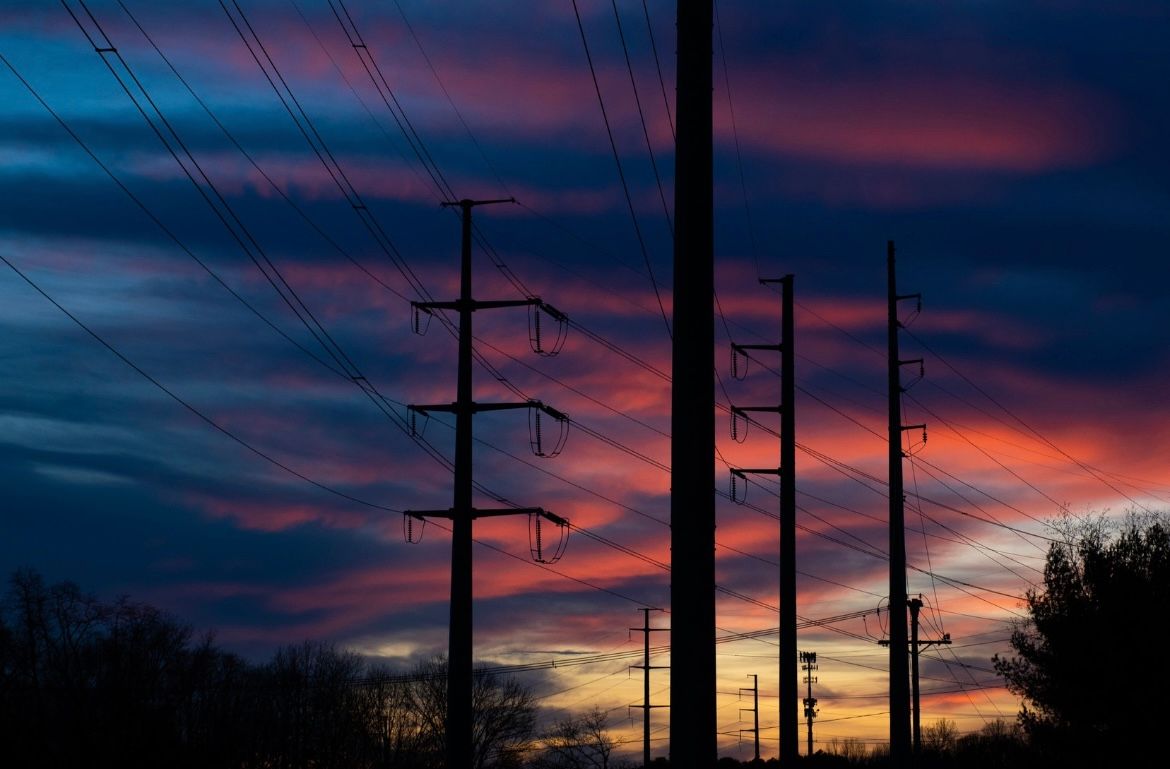
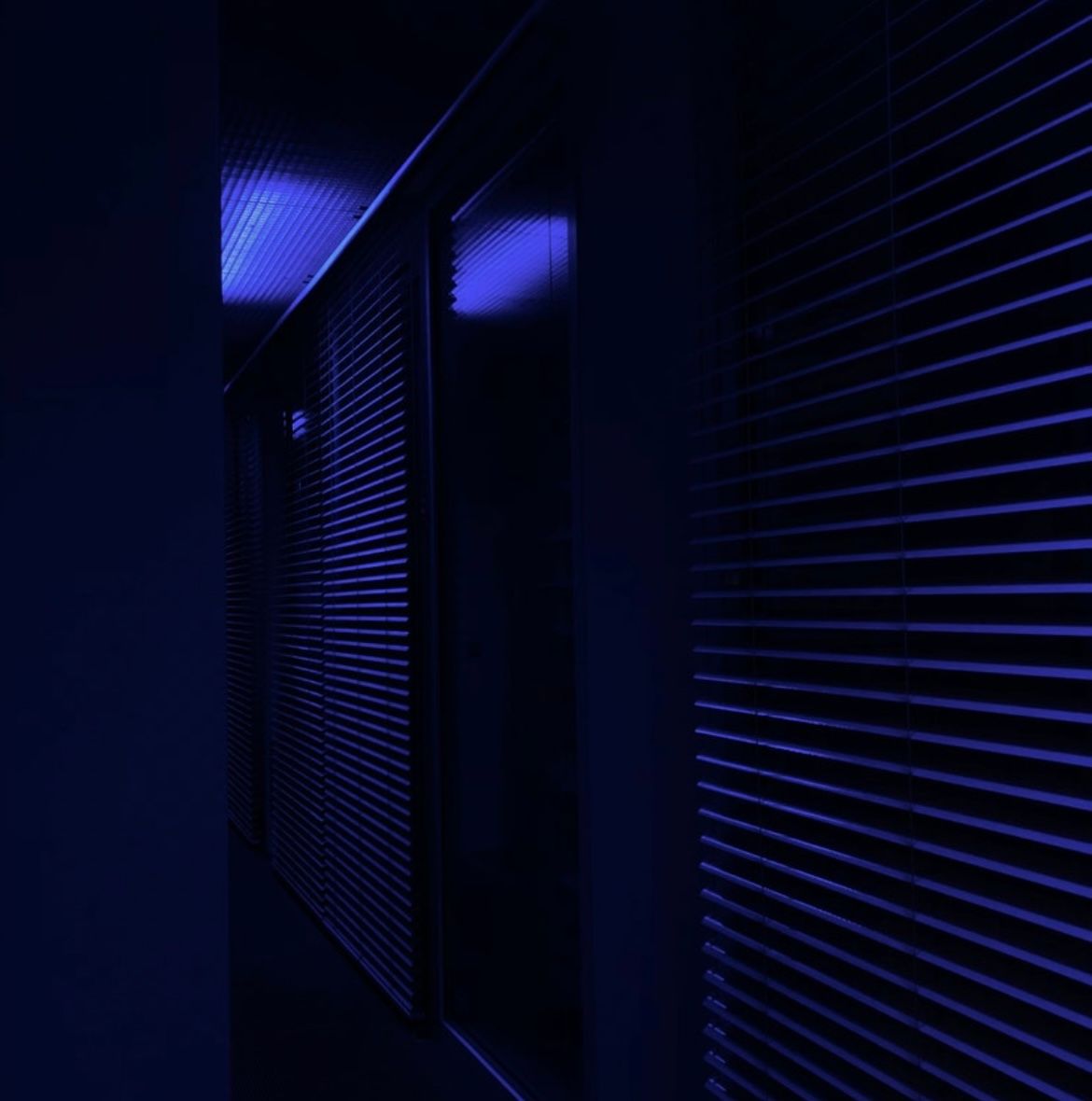
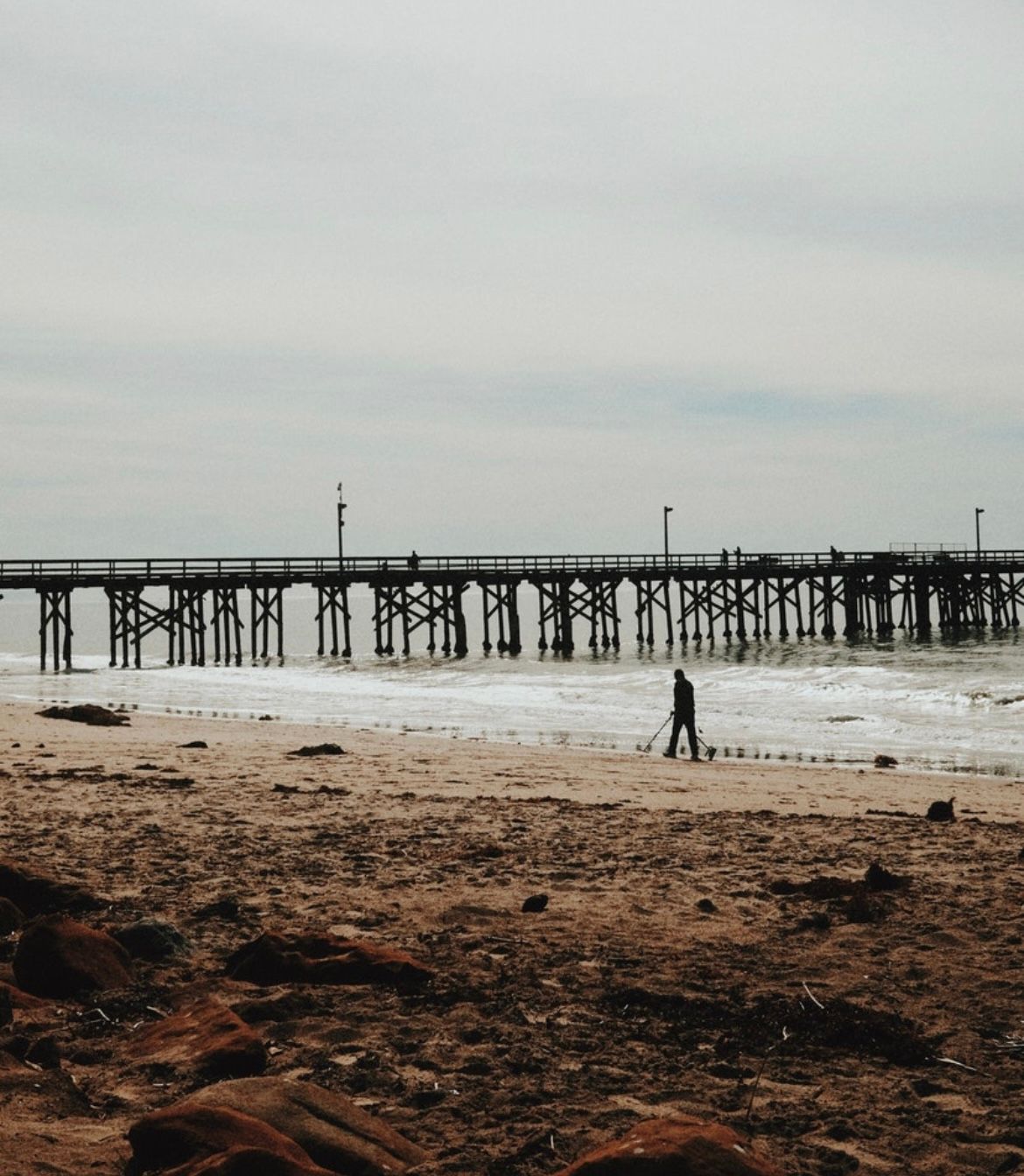
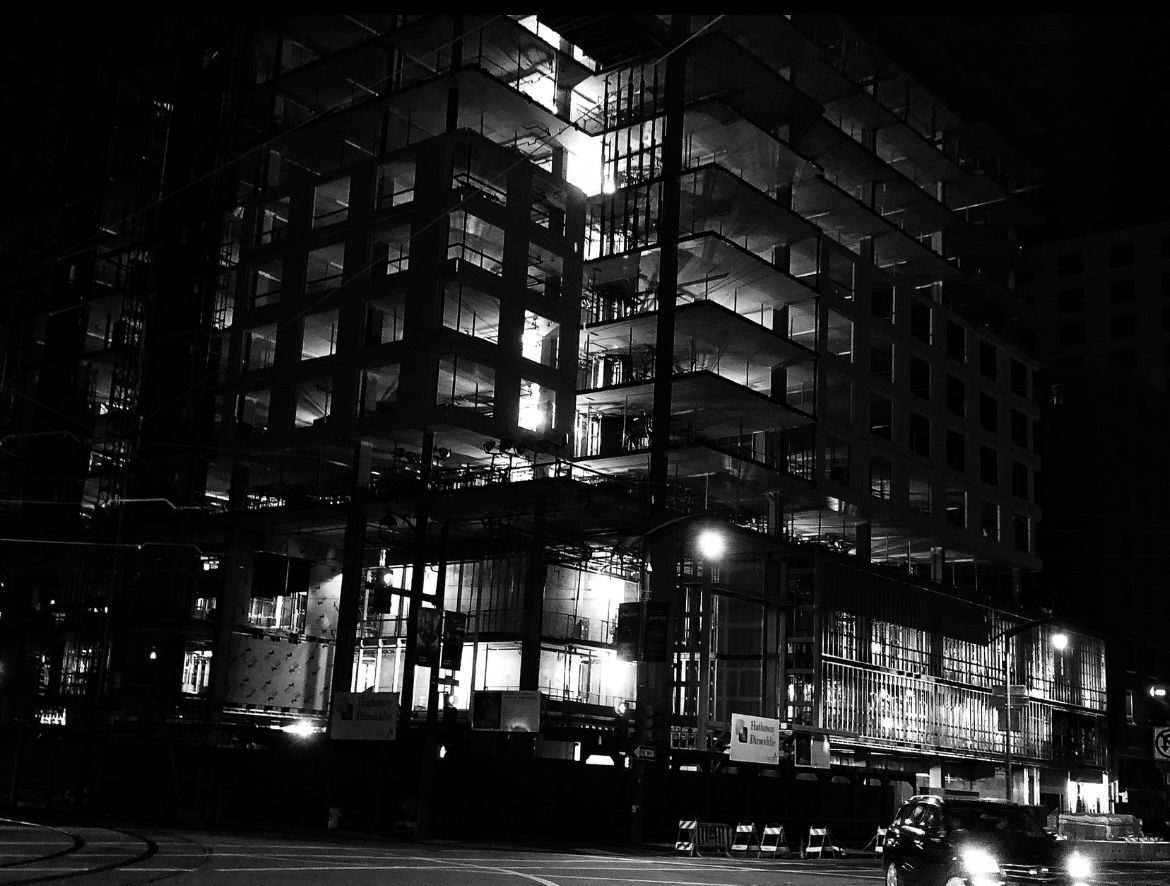
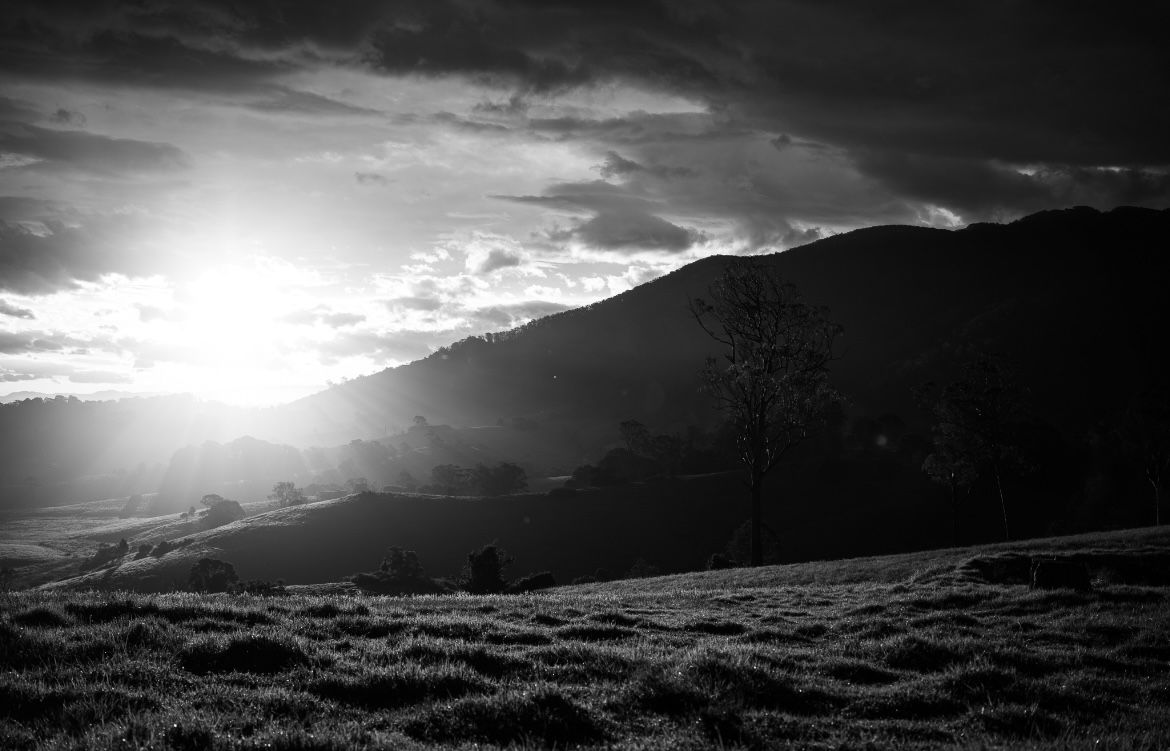
-
@89th said in Time to get a camcorder:
@taiwan_girl 3 reasons, unless I’m wrong
- zoom is shaky/noisy during a video as the lens extends
- audio recording sucks
- bulkier form factor
But one thing that matters for video is sensor size, especially when the scene is not well lit.
Most camcorders have tiny sensors.
I'd get something with a one inch sensor or more.
If you want a big sensor in a small package with a camera that is equally good with videos and photos, check out the Sony RX100 VII. It's not cheap, though.
@Klaus said in Time to get a camcorder:
If you want a big sensor in a small package with a camera that is equally good with videos and photos, check out the Sony RX100 VII. It's not cheap, though.
Yeah that is one really great compact camera, but weirdly I'm looking for the "hold in palm" experience of taking videos, it feels a little more deliberate whereas my phone (and that Sony) require a 2-hand "behind the device" approach. I know, nit picks.... also the 1" sensor camcorders are far too big, even if they are better. Thanks for the ideas, though!
-
@Aqua-Letifer I'd say the 5th photo was shot with a bigger sensor. The others may have also been shot with a phone, especially when a tripod was used. The 4th one looks like analog film, but maybe that's an effect that was added digitally.
Look, there's really no magic behind my reasoning: You need a certain volume of light for a photo, and you have a couple of parameters you can tweak to get that volume, such as aperture, exposure time, ISO. If the light is limited and you can't increase exposure time enough (because you have no tripod, or because the subject is moving), then you have a problem. A bigger sensor (with a correspondingly bigger lens) simply allows you to take a technically good picture in a wider range of circumstances. Bigger sensors will also typically have a higher dynamic range (less danger of blown-out highlights) and more resolution (more crop potential). The aesthetic qualities of a photo are a separate discussion, and of course there's things like the creativity of limited technical possibilities (e.g. only having a fixed focal length, or only black/white). I was only talking about the technical quality. Agreed so far?
Also, by the way, phone cameras often have no manual mode, which means that, for instance, you cannot take long-exposure shots on a tripod.
-
@Aqua-Letifer I'd say the 5th photo was shot with a bigger sensor. The others may have also been shot with a phone, especially when a tripod was used. The 4th one looks like analog film, but maybe that's an effect that was added digitally.
Look, there's really no magic behind my reasoning: You need a certain volume of light for a photo, and you have a couple of parameters you can tweak to get that volume, such as aperture, exposure time, ISO. If the light is limited and you can't increase exposure time enough (because you have no tripod, or because the subject is moving), then you have a problem. A bigger sensor (with a correspondingly bigger lens) simply allows you to take a technically good picture in a wider range of circumstances. Bigger sensors will also typically have a higher dynamic range (less danger of blown-out highlights) and more resolution (more crop potential). The aesthetic qualities of a photo are a separate discussion, and of course there's things like the creativity of limited technical possibilities (e.g. only having a fixed focal length, or only black/white). I was only talking about the technical quality. Agreed so far?
Also, by the way, phone cameras often have no manual mode, which means that, for instance, you cannot take long-exposure shots on a tripod.
@Klaus said in Time to get a camcorder:
@Aqua-Letifer I'd say the 5th photo was shot with a bigger sensor.
Nope. iPhone.
The others may have also been shot with a phone, especially when a tripod was used. The 4th one looks like analog film, but maybe that's an effect that was added digitally.
Nope. Mix of iPhone, Nikon, and Fuji. None were analog. If you asked a 3-year-old to guess the answers, they would have done at least as well as you.
Thank you for perfectly illustrating my point: If you were to get 6 of your own images and ask me, there's no way I'd do any better. But I know better than to give it a go. Gearheads, though, always think that they can "just tell" these things.
A bigger sensor (with a correspondingly bigger lens) simply allows you to take a technically good picture in a wider range of circumstances. Bigger sensors will also typically have a higher dynamic range (less danger of blown-out highlights) and more resolution (more crop potential).
Yes, that is how a camera works.
By the way, image stabilization (both optical and digital) are tools that further change the exposure triangle in low light. You don't necessarily have to beef up the ISO to max if you can stop your shutter speed down to 1/15 or something ridiculous hand-held.
Computational photography has narrowed much of the gap there is between it and digital cameras. I appreciate that you disagree, but your own answers to the examples I showed you prove otherwise.
Also, by the way, phone cameras often have no manual mode, which means that, for instance, you cannot take long-exposure shots on a tripod.
What?
 Any half-decent photo app on your phone allows for manual controls. I and millions of others out there have, literally, taken long-exposure shots on a tripod using their iPhones.
Any half-decent photo app on your phone allows for manual controls. I and millions of others out there have, literally, taken long-exposure shots on a tripod using their iPhones. -
@Klaus said in Time to get a camcorder:
@Aqua-Letifer I'd say the 5th photo was shot with a bigger sensor.
Nope. iPhone.
The others may have also been shot with a phone, especially when a tripod was used. The 4th one looks like analog film, but maybe that's an effect that was added digitally.
Nope. Mix of iPhone, Nikon, and Fuji. None were analog. If you asked a 3-year-old to guess the answers, they would have done at least as well as you.
Thank you for perfectly illustrating my point: If you were to get 6 of your own images and ask me, there's no way I'd do any better. But I know better than to give it a go. Gearheads, though, always think that they can "just tell" these things.
A bigger sensor (with a correspondingly bigger lens) simply allows you to take a technically good picture in a wider range of circumstances. Bigger sensors will also typically have a higher dynamic range (less danger of blown-out highlights) and more resolution (more crop potential).
Yes, that is how a camera works.
By the way, image stabilization (both optical and digital) are tools that further change the exposure triangle in low light. You don't necessarily have to beef up the ISO to max if you can stop your shutter speed down to 1/15 or something ridiculous hand-held.
Computational photography has narrowed much of the gap there is between it and digital cameras. I appreciate that you disagree, but your own answers to the examples I showed you prove otherwise.
Also, by the way, phone cameras often have no manual mode, which means that, for instance, you cannot take long-exposure shots on a tripod.
What?
 Any half-decent photo app on your phone allows for manual controls. I and millions of others out there have, literally, taken long-exposure shots on a tripod using their iPhones.
Any half-decent photo app on your phone allows for manual controls. I and millions of others out there have, literally, taken long-exposure shots on a tripod using their iPhones.@Aqua-Letifer said in Time to get a camcorder:
Thank you for perfectly illustrating my point: If you were to get 6 of your own images and ask me, there's no way I'd do any better. But I know better than to give it a go. Gearheads, though, always think that they can "just tell" these things.
Well, I think you can't conclude all that much from such a test. The difference between cameras is that you can make a photo with camera A that you cannot make with camera B. The camera B photo never makes it to Instagram, because it wasn't taken, or it was taken but had unacceptable quality.
-
@mark said in Time to get a camcorder:
What if you enlarge them to say 40" x 50"? Can you tell a difference then?
It entirely depends on how close you get. 12 MP cameras can print billboard sizes because no one gets that close to them.
-
@Aqua-Letifer said in Time to get a camcorder:
Thank you for perfectly illustrating my point: If you were to get 6 of your own images and ask me, there's no way I'd do any better. But I know better than to give it a go. Gearheads, though, always think that they can "just tell" these things.
Well, I think you can't conclude all that much from such a test. The difference between cameras is that you can make a photo with camera A that you cannot make with camera B. The camera B photo never makes it to Instagram, because it wasn't taken, or it was taken but had unacceptable quality.
@Klaus said in Time to get a camcorder:
@Aqua-Letifer said in Time to get a camcorder:
Thank you for perfectly illustrating my point: If you were to get 6 of your own images and ask me, there's no way I'd do any better. But I know better than to give it a go. Gearheads, though, always think that they can "just tell" these things.
The camera B photo never makes it to Instagram, because it wasn't taken, or it was taken but had unacceptable quality.
Klaus, have you even been on Instagram? Like ever?
 For every 1 good photo on there, you scroll past 10,000 exactly of the kind you say no one posts on there.
For every 1 good photo on there, you scroll past 10,000 exactly of the kind you say no one posts on there.You already said you could tell the difference between an iPhone image and a full frame if they were shot in low light, then introduced 3 caveats before you gave it a go, then refused to make explicit guesses for each image, then failed the test, and now you're trying to say the results don't matter.
The point is, I asked you point-blank, and you couldn't tell the difference. Because neither can anyone else.
-
@Klaus said in Time to get a camcorder:
@Aqua-Letifer said in Time to get a camcorder:
Thank you for perfectly illustrating my point: If you were to get 6 of your own images and ask me, there's no way I'd do any better. But I know better than to give it a go. Gearheads, though, always think that they can "just tell" these things.
The camera B photo never makes it to Instagram, because it wasn't taken, or it was taken but had unacceptable quality.
Klaus, have you even been on Instagram? Like ever?
 For every 1 good photo on there, you scroll past 10,000 exactly of the kind you say no one posts on there.
For every 1 good photo on there, you scroll past 10,000 exactly of the kind you say no one posts on there.You already said you could tell the difference between an iPhone image and a full frame if they were shot in low light, then introduced 3 caveats before you gave it a go, then refused to make explicit guesses for each image, then failed the test, and now you're trying to say the results don't matter.
The point is, I asked you point-blank, and you couldn't tell the difference. Because neither can anyone else.
You already said you could tell the difference between an iPhone image and a full frame if they were shot in low light, then introduced 3 caveats before you gave it a go, then refused to make explicit guesses for each image, then failed the test, and now you're trying to say the results don't matter.
Are you deliberately acting like that? My point is really simple, yet you somehow refuse to get it and talk about unrelated things.
My point has been all along that better cameras allow you to take some pictures that other cameras cannot. I never said that expensive cameras always make better photos or anything like that.
I didn't list "caveats"; rather, I tried to describe situations in which a better camera can make a difference. Yet, you have chosen to select photos that can be made with every camera, if you have a tripod, and think you have somehow made a point.
Here, look at this photo for instance:
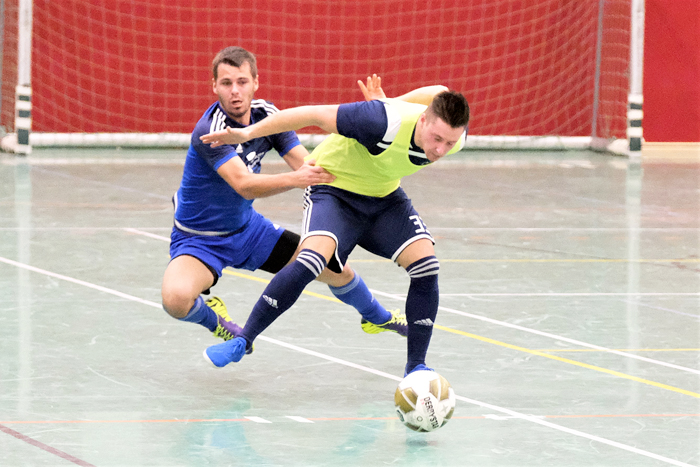
Was it made with a cell phone? No, because you couldn't get the exposure time needed to freeze the action in a dark hall, and it wouldn't have enough zoom.
What about this one? Cell phone?

No chance, because a cell phone wouldn't let you get such a small depth-of-field, and again not the short exposure time required for the subject.
-
@mark said in Time to get a camcorder:
What if you enlarge them to say 40" x 50"? Can you tell a difference then?
It entirely depends on how close you get. 12 MP cameras can print billboard sizes because no one gets that close to them.
@Aqua-Letifer said in Time to get a camcorder:
@mark said in Time to get a camcorder:
What if you enlarge them to say 40" x 50"? Can you tell a difference then?
It entirely depends on how close you get. 12 MP cameras can print billboard sizes because no one gets that close to them.
Right. But let's say you are going to make a 40x50 print to frame and hang on your wall.
I would want the biggest sensor with smallest pixel size and deepest full well capacity, I could afford. Especially for long exposure photographs. Not to mention that if you go much longer than a few seconds you should take a series of dark frames and flat frames to subtract out any "hot" and "cold" pixels and uneven illumination due to the heat generated by the surrounding components on the circuit board. I am of course relating to all of this through my experience with long exposure, and cooled sensors we used in astrophotography. We even liquid cooled our cameras during the summer months. We cool the sensor to reduce "thermal noise".
I would love for you to see my 40x50 prints of M31 and M42 hanging in my living room. They were taken with specialty astronomical cameras. Not very large sensors by modern standards.
Actual resolution of the cameras we used (SBIG ST-10) was only 2184 x 1472 but had 6.8 micron pixels and 77,000 e- Full Well Capacity (77k electrons) which is the point where an individual pixel will saturate and start bleeding or blooming over into the neighboring pixels. Full Well Capacity basically determines dynamic range. If it gets saturated you get blooming. when a star blooms, things get ugly real quick and processing it out of the image is a real pain in the ass.
Also there are CCD sensors and CMOS sensors. CCD sensors (especially monochrome CCDs) are much sharper and have a higher dynamic range than like resolution CMOS sensors or "one shot color" CCD sensors.
Granted we did a 9 panel mosaic for M31 but M42 was a single panel. Both of them scaled up very well.
Anyone who attended the Piano Party I hosted a few years back had ample opportunity to inspect them up close. They are printed on archival Kodak photographic paper on a true optical enlargement printer. A company in Madison had a very expensive (high 5 figures if I remember correctly) machine that printed them for us.
-
You already said you could tell the difference between an iPhone image and a full frame if they were shot in low light, then introduced 3 caveats before you gave it a go, then refused to make explicit guesses for each image, then failed the test, and now you're trying to say the results don't matter.
Are you deliberately acting like that? My point is really simple, yet you somehow refuse to get it and talk about unrelated things.
My point has been all along that better cameras allow you to take some pictures that other cameras cannot. I never said that expensive cameras always make better photos or anything like that.
I didn't list "caveats"; rather, I tried to describe situations in which a better camera can make a difference. Yet, you have chosen to select photos that can be made with every camera, if you have a tripod, and think you have somehow made a point.
Here, look at this photo for instance:

Was it made with a cell phone? No, because you couldn't get the exposure time needed to freeze the action in a dark hall, and it wouldn't have enough zoom.
What about this one? Cell phone?

No chance, because a cell phone wouldn't let you get such a small depth-of-field, and again not the short exposure time required for the subject.
@Klaus said in Time to get a camcorder:
No chance, because a cell phone wouldn't let you get such a small depth-of-field, and again not the short exposure time required for the subject.
They can literally do that now with dual lenses.
-
@Aqua-Letifer said in Time to get a camcorder:
@mark said in Time to get a camcorder:
What if you enlarge them to say 40" x 50"? Can you tell a difference then?
It entirely depends on how close you get. 12 MP cameras can print billboard sizes because no one gets that close to them.
Right. But let's say you are going to make a 40x50 print to frame and hang on your wall.
I would want the biggest sensor with smallest pixel size and deepest full well capacity, I could afford. Especially for long exposure photographs. Not to mention that if you go much longer than a few seconds you should take a series of dark frames and flat frames to subtract out any "hot" and "cold" pixels and uneven illumination due to the heat generated by the surrounding components on the circuit board. I am of course relating to all of this through my experience with long exposure, and cooled sensors we used in astrophotography. We even liquid cooled our cameras during the summer months. We cool the sensor to reduce "thermal noise".
I would love for you to see my 40x50 prints of M31 and M42 hanging in my living room. They were taken with specialty astronomical cameras. Not very large sensors by modern standards.
Actual resolution of the cameras we used (SBIG ST-10) was only 2184 x 1472 but had 6.8 micron pixels and 77,000 e- Full Well Capacity (77k electrons) which is the point where an individual pixel will saturate and start bleeding or blooming over into the neighboring pixels. Full Well Capacity basically determines dynamic range. If it gets saturated you get blooming. when a star blooms, things get ugly real quick and processing it out of the image is a real pain in the ass.
Also there are CCD sensors and CMOS sensors. CCD sensors (especially monochrome CCDs) are much sharper and have a higher dynamic range than like resolution CMOS sensors or "one shot color" CCD sensors.
Granted we did a 9 panel mosaic for M31 but M42 was a single panel. Both of them scaled up very well.
Anyone who attended the Piano Party I hosted a few years back had ample opportunity to inspect them up close. They are printed on archival Kodak photographic paper on a true optical enlargement printer. A company in Madison had a very expensive (high 5 figures if I remember correctly) machine that printed them for us.
@Klaus Overall, okay, fair enough. I see what you're saying here, and yes, sometimes better gear can give you more options with what photos you can even take. But I don't think the gap nearly as much as you're saying it is, and it's closing very quickly with each passing year.
For photos that can be taken with either a phone or a camera, no one can tell the difference. You can now literally take your phone screen, throw it into an enlarger, and make large prints on photogenic paper that have enough detail in them that you can't tell where they came from. There's a high school program here that teaches their students how to do this.
@mark said in Time to get a camcorder:
Right. But let's say you are going to make a 40x50 print to frame and hang on your wall.
I would want the biggest sensor with smallest pixel size and deepest full well capacity, I could afford. Especially for long exposure photographs. Not to mention that if you go much longer than a few seconds you should take a series of dark frames and flat frames to subtract out any "hot" and "cold" pixels and uneven illumination due to the heat generated by the surrounding components on the circuit board. I am of course relating to all of this through my experience with long exposure, and cooled sensors we used in astrophotography. We even liquid cooled our cameras during the summer months. We cool the sensor to reduce "thermal noise".
Yeah, see, astrophotography stuff is a little different. Not only are a lot of the prints ginormous, but they're also made for you to get VERY close to the print and notice the details (in this case, stars and such).
What's seldom talked about is what kind of gear you need for the kind of photography you do. For natural light portraits, street photography and some landscape stuff, gear is not going to help you.
For some landscapes, to Klaus's point, some extra gear like ND filters or gradients can help make the process a lot faster and easier. For indoor portraits with controlled lighting, it's not so much the camera you're buying as the light setup.
For astro, yeah, that's almost an entirely different thing. You need fairly specific stuff to do half of what you might want. (See, Klaus, I concede.
 )
)I would love for you to see my 40x50 prints of M31 and M42 hanging in my living room. They were taken with specialty astronomical cameras. Not very large sensors by modern standards.
Actual resolution of the cameras we used (SBIG ST-10) was only 2184 x 1472 but had 6.8 micron pixels and 77,000 e- Full Well Capacity (77k electrons) which is the point where an individual pixel will saturate and start bleeding or blooming over into the neighboring pixels. Full Well Capacity basically determines dynamic range. If it gets saturated you get blooming. when a star blooms, things get ugly real quick and processing it out of the image is a real pain in the ass.
Also there are CCD sensors and CMOS sensors. CCD sensors (especially monochrome CCDs) are much sharper and have a higher dynamic range than like resolution CMOS sensors or "one shot color" CCD sensors.
Granted we did a 9 panel mosaic for M31 but M42 was a single panel. Both of them scaled up very well.
Anyone who attended the Piano Party I hosted a few years back had ample opportunity to inspect them up close. They are printed on archival Kodak photographic paper on a true optical enlargement printer. A company in Madison had a very expensive (high 5 figures if I remember correctly) machine that printed them for us.
I'd really love to see 'em! I've been looking at some monochrome sensor cameras lately. Not for the dynamic range—I'd actually want less for the kind of stuff I like to do, not more—but for help with low-light situations. Some cameras can be converted to an all-spectrum sensor by removing the visible light filters that sit on top of the sensor, but that's not the same as a CCD sensor.
-
@Klaus Overall, okay, fair enough. I see what you're saying here, and yes, sometimes better gear can give you more options with what photos you can even take. But I don't think the gap nearly as much as you're saying it is, and it's closing very quickly with each passing year.
For photos that can be taken with either a phone or a camera, no one can tell the difference. You can now literally take your phone screen, throw it into an enlarger, and make large prints on photogenic paper that have enough detail in them that you can't tell where they came from. There's a high school program here that teaches their students how to do this.
@mark said in Time to get a camcorder:
Right. But let's say you are going to make a 40x50 print to frame and hang on your wall.
I would want the biggest sensor with smallest pixel size and deepest full well capacity, I could afford. Especially for long exposure photographs. Not to mention that if you go much longer than a few seconds you should take a series of dark frames and flat frames to subtract out any "hot" and "cold" pixels and uneven illumination due to the heat generated by the surrounding components on the circuit board. I am of course relating to all of this through my experience with long exposure, and cooled sensors we used in astrophotography. We even liquid cooled our cameras during the summer months. We cool the sensor to reduce "thermal noise".
Yeah, see, astrophotography stuff is a little different. Not only are a lot of the prints ginormous, but they're also made for you to get VERY close to the print and notice the details (in this case, stars and such).
What's seldom talked about is what kind of gear you need for the kind of photography you do. For natural light portraits, street photography and some landscape stuff, gear is not going to help you.
For some landscapes, to Klaus's point, some extra gear like ND filters or gradients can help make the process a lot faster and easier. For indoor portraits with controlled lighting, it's not so much the camera you're buying as the light setup.
For astro, yeah, that's almost an entirely different thing. You need fairly specific stuff to do half of what you might want. (See, Klaus, I concede.
 )
)I would love for you to see my 40x50 prints of M31 and M42 hanging in my living room. They were taken with specialty astronomical cameras. Not very large sensors by modern standards.
Actual resolution of the cameras we used (SBIG ST-10) was only 2184 x 1472 but had 6.8 micron pixels and 77,000 e- Full Well Capacity (77k electrons) which is the point where an individual pixel will saturate and start bleeding or blooming over into the neighboring pixels. Full Well Capacity basically determines dynamic range. If it gets saturated you get blooming. when a star blooms, things get ugly real quick and processing it out of the image is a real pain in the ass.
Also there are CCD sensors and CMOS sensors. CCD sensors (especially monochrome CCDs) are much sharper and have a higher dynamic range than like resolution CMOS sensors or "one shot color" CCD sensors.
Granted we did a 9 panel mosaic for M31 but M42 was a single panel. Both of them scaled up very well.
Anyone who attended the Piano Party I hosted a few years back had ample opportunity to inspect them up close. They are printed on archival Kodak photographic paper on a true optical enlargement printer. A company in Madison had a very expensive (high 5 figures if I remember correctly) machine that printed them for us.
I'd really love to see 'em! I've been looking at some monochrome sensor cameras lately. Not for the dynamic range—I'd actually want less for the kind of stuff I like to do, not more—but for help with low-light situations. Some cameras can be converted to an all-spectrum sensor by removing the visible light filters that sit on top of the sensor, but that's not the same as a CCD sensor.
@Aqua-Letifer I get it that we are talking about two different worlds here and I concede to your expertise in the "terrestrial realm". I haven't been serious about that since I went to college for it back in the early 80s and I was shooting 35mm/medium format and 4x5. I love black & white photography btw. Ansel was of course, my hero and his work with large format b&w photography is still unsurpassed IMO. He would actually burn and dodge the exposure itself. Crazy shit.
-
So, 4K?
Btw I just bought this:
Panasonic 4K Ultra HD Video Camera Camcorder HC-VX981K, 20X Optical Zoom, 1/2.3-Inch BSI Sensor, HDR Capture, Wi-Fi Smartphone Multi Scene Video Capture (Black) https://www.amazon.com/dp/B01A60SYRE
Figured I can always return it if I’m not satisfied for the first few weeks.